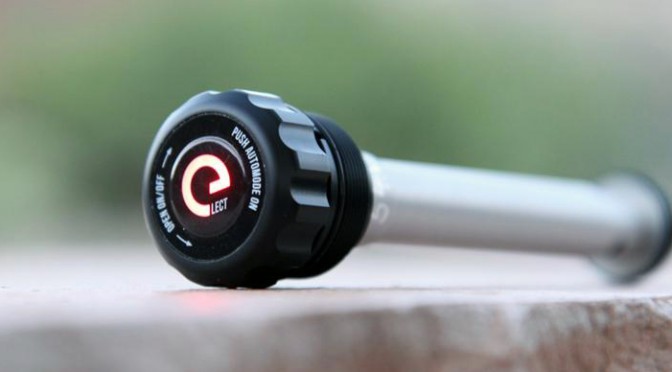Following in the footsteps of RockShox and Fox, Magura has also entered the battle of electronic suspension with its new eLECT technology with automatic lockout. Surprisingly, it is simple, lightweight, and most importantly, it seems to actually work.
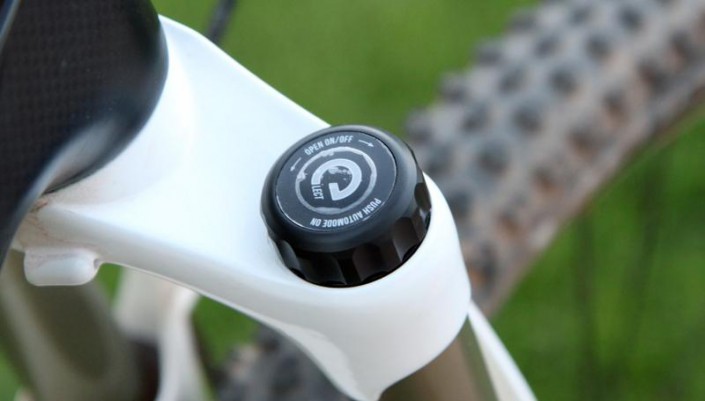
Magura has introduced a new electronic damper eLECT, which locks the suspension depending on the fork’s tilt.
In the default setting, the system remains open when riding straight or downhill, but locks out when riding uphill. You can adjust the settings by calibrating the system to your needs (for example, on a slope instead of flat ground). Alternatively, you can use manual control by activating the Bluetooth switch on the handlebar. There is even a “free fall” mode for a soft landing after jumps, even when the fork is facing forward (for example, after landing on the rear wheel first).
Additionally, eLECT recognizes when you are riding uphill and encounter a rough section. In such cases, the system opens up with a claimed response time of 0.2 seconds, and then locks out again on smooth ground.
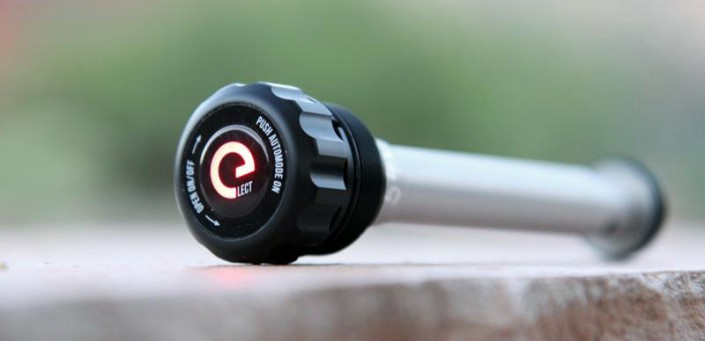
The holes in the lower washer correspond to the holes in the piston, allowing oil to flow freely in an open mode. A small rotor rotates the washer, closing the holes and blocking the flow of oil, directing it to the exhaust hole in the center of the rod.
The well-thought-out design allows for longer battery life of the built-in Li-ion battery. The washer weighs almost nothing, and the electric motor is only used to switch between the closed and open positions. The LED indicators also only light up during mode changes or system calibration.
The claimed operating time in automatic mode is 40 hours of movement, and manual adjustment can increase it to 60 hours. In any case, the damper battery can be charged using a micro-USB port hidden under a cap. The remote control operates on a watch battery. In case of complete battery depletion, the washer defaults to the open mode.
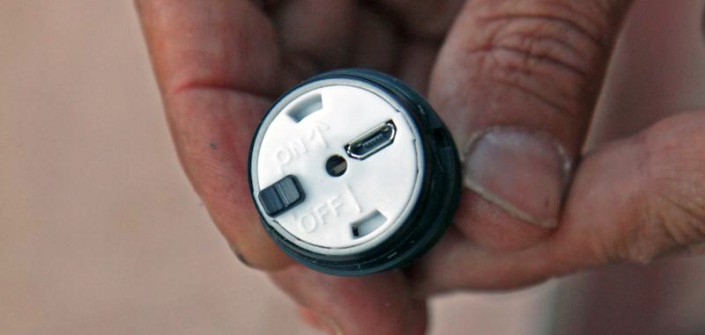
The main “power” switch and micro-USB port for battery charging are hidden under the cap.
But that’s not all: eLECT is perfect for replacing dampers on any Magura TS6 or TS8 forks without any extra adjustments, but it is still better suited for off-road riding. Magura is still finalizing details such as fork model options, upgrade kits, price forecasts, and delivery dates. Considering the simplicity of the system, we hope that the price won’t be too high.
First trip: everything really works!
We tested the new eLECT damper with the Magura TS8 120 29″ fork on a rocky trail. In short, everything works as advertised, although we wouldn’t mind a slightly modified firmware and more freedom in customization.
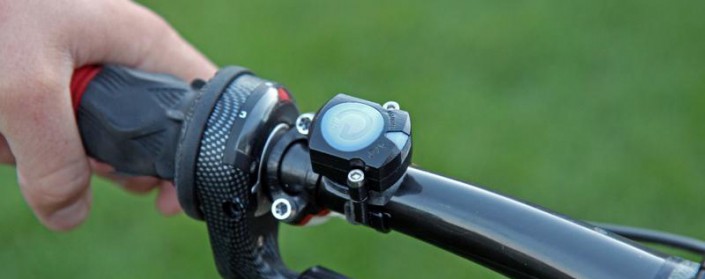
The remote Bluetooth switch changes the position of the Magura eLECT damper from open to locked.
We wouldn’t mind if eLECT reacted to changes in terrain a little faster: 0.2 seconds is already a whole meter at a modest speed of 20 km/h, and on challenging trails, that meter is enough to give you a good shake. We would also like to be able to manually adjust the threshold, which would help soften the initial impacts before the valve opens.
For example, there was a section where a relatively soft ascent transitioned into a steep technical section. Ideally, such places should be passed at full speed to quickly get through them, but eLECT thinks that we still need a stiff fork, while it would be better for it to be softer.
Nevertheless, thoughts about the reliability of such technologies creep into our minds. In general, we will not rush to make final conclusions and will wait for the release of the production model, but for now, eLECT looks very promising.
 info@velo.bike
info@velo.bike